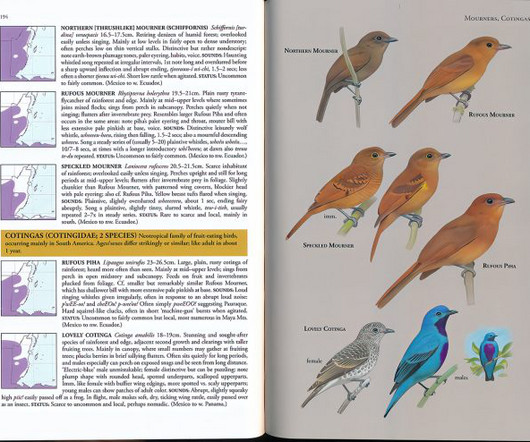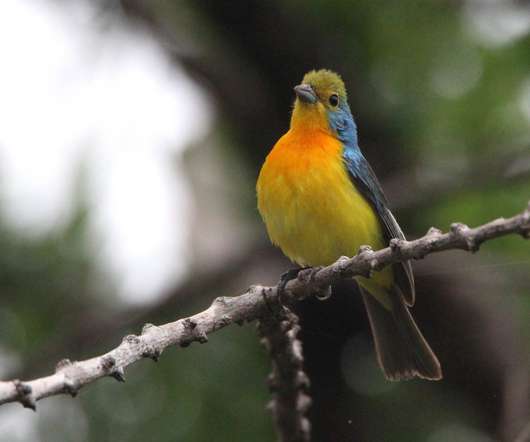Birds of Belize & Birds of Costa Rica: A Field Guide Review Doubleheader
10,000 Birds
SEPTEMBER 8, 2023
The first is that the illustrations by Dale Dyer are based, and largely seem to be the same, as the illustrations for his previous guide Birds of Central America: Belize, Guatemala, Honduras, El Salvador, Nicaragua, Costa Rica, and Panama (co-authored with Andrew Vallely, PUP, 2018). Why are these issues? © 2023 by Steve N. Not every bird.












Let's personalize your content